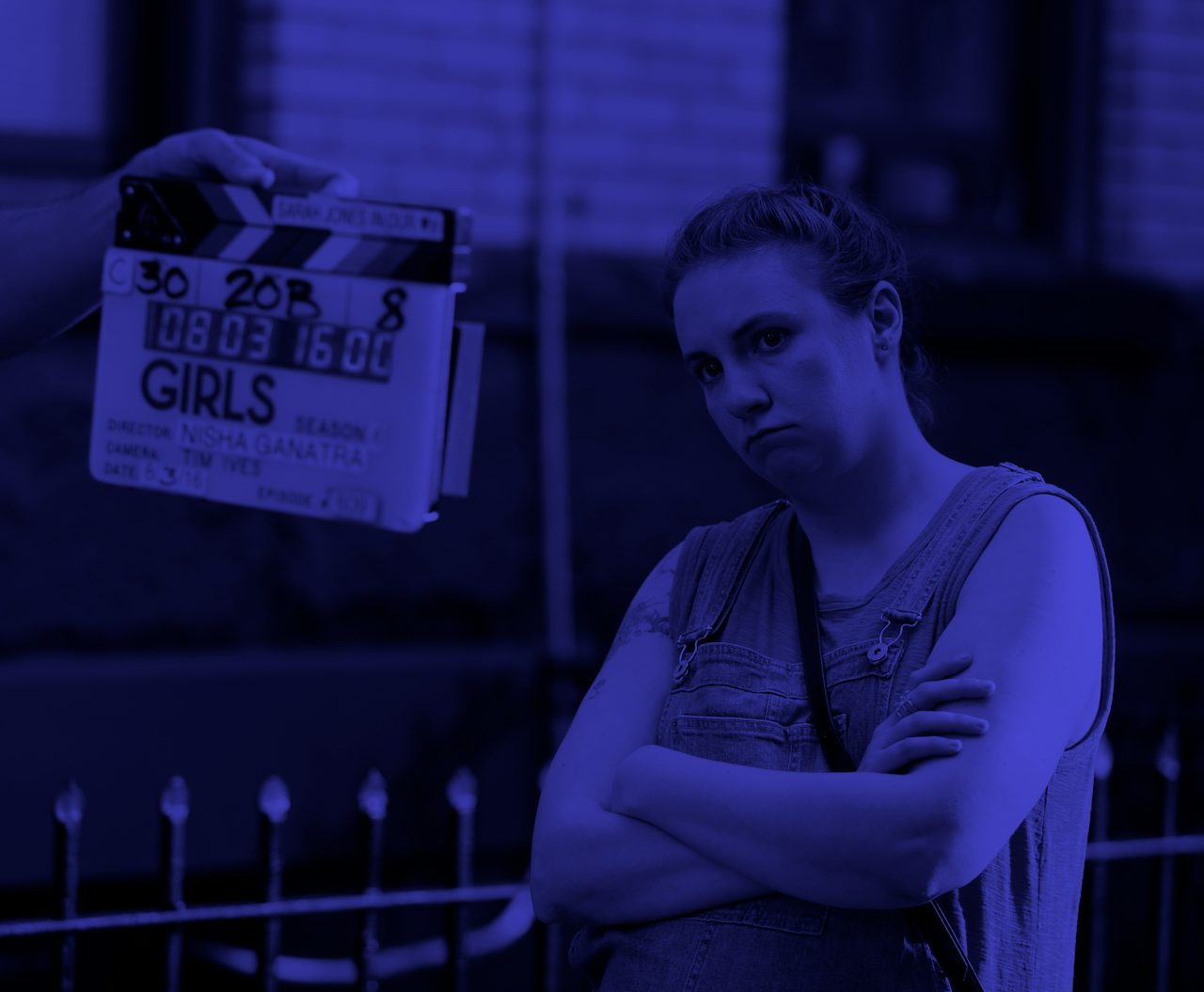Lena Dunham gets a lot wrong. That is old news. But this is less about her and more about Girls and the growth the show has seen.
In its infancy, Girls was funny and clever, but tragically surface-level when it came to any sense of diversity. When a show is set in New York and centered in Brooklyn, it should be at least a little brown. But I was well acquainted with that failure on Dunham’s part, and with most of the shows I watch. I knew Shoshanna wouldn’t become a Latina girl overnight, so I stayed for the writing and my crush on Jemima Kirke.
The women Dunham writes may be white, but she writes them well, with consideration and layers and occasionally by holding up a mirror that is hard for many of us to hold up to ourselves. The show revolves around Hannah Horvath, a semi-autobiographical character played by Dunham, and her cast of millennial friends as they messily navigate their way into adulthood. Her work, especially in more recent seasons, seems to have a self-awareness she ironically lacks in real life. And as the series enters its sixth and final season, the conversations Girls propels have gotten more complex and nuanced — and slightly less white.
Dunham became popular at a time when frequently baring one’s tits and bad back tattoos was still a bit taboo. Then, the kind of woman she was representing — directionless graduates, “weirdo girls and chubby girls and strange half-Jews” — was in fact underrepresented. You may be thinking, But 2012 was only five years ago! Well, Facebook just reminded me of what I looked like five years ago, and it’s fair to say a lot can change. Dunham was not the first woman to be “racy” on television, but her young, usually unfiltered, and, yes, white voice was given a coveted platform on HBO at a time where there weren’t many truly racy women on TV. (Now, HBO thankfully features more female boundary-pushing shows, like the excellent Insecure.)
Girls is a good show. It may fail to live up to the feminist label often attached to it, but it’s good, and it’s gotten a lot better. This season’s third episode, “American Bitch,” was some of Dunham’s best work. After an acclaimed author invites Hannah to his apartment to discuss an article she wrote about sexual misconduct allegations made against him by several woman, she finds herself oscillating between viewing him as the villain and the victim. Her commentary on sexual assault, consent, power structures — more pointedly, those that govern creative communities — was one of the most on-point I’ve seen on TV in a while.
Dunham’s one-liners are sharper and smarter, and her characters have graduated from flat and stereotypically flawed to authentically complex and self-aware. The themes addressed in the show are not as elitist as they were originally perceived but more human and universal, and a step outside of the original bubble the show built for itself — even if it’s by accident. Whether it’s Hannah’s father coming out, her best friend Marnie’s inability to maintain a stable romantic relationship or sense of self, several characters’ struggles with addiction, and now Hannah’s pregnancy, Dunham has discussed all with tact.
When the pregnancy plot point was revealed, it likely had viewers thinking, Here we go. Given Dunham’s outspokenness on abortion, I was interested to see how she would address the subject in her work.
An important note about the baby: Its father, a surf instructor named Paul-Louis, is played by Riz Ahmed, who is very fine but also very brown. So Hannah’s baby will too be very brown, or at least somewhat more brown than she is. Seven episodes in, Hannah has yet to fully address the seriousness of what bringing a baby into this world would mean and, in particular, what bringing a brown baby into this world would mean for both her and the child. Granted, she is the type of white girl you’d expect to say she “doesn’t see color.” (In Season 2, she tells a part-time hook up buddy, played by Donald Glover, that she “never thought about the fact that [he was] black once.”) She’s also the type who would think her liberal lifestyle qualifies as “diverse” because she has a gay roommate (and, more recently, a gay dad).
And this reads very Lena Dunham. After all, she’s always being called out on race, from an old, offensive tweet about Asian men to a recent situation involving Odell Beckham Jr. (and for which she wound up apologizing to him). And now, after five years of fielding intense criticism, Dunham has created room to say something important. Having directly acknowledged that criticism and flopped in its face, Dunham is almost certainly aware — and maybe even hopeful! — that closing out six seasons of whiteness with a multiracial baby can correct the legacy of Girls.
But even if she squanders that opportunity, and even though it’s hard to admit, as a woman of color, that I love Girls, there’s a reason I’ve remained a religious viewer for this long. Dunham may not be the voice of our generation, but with this show, she has said many things I needed to hear, even if I would have preferred to hear them from a brown face. There are more narratives that need to be heard outside of privileged white women with good humor and bad anxiety. But while we still have Girls, it might be worth giving it a shot.

